Best Practices for Mobile App Development
With the advent of smartphones and the rising popularity of mobile apps, more and more businesses are turning to mobile app development. Not only do mobile apps play an essential role in enhancing the sales of your business, but they also help increase your brand’s visibility and accessibility and remove communication barriers.
According to statistics, mobile app revenue is expected to reach $781.7 billion by the end of the year 2029. However, with so many apps entering the market, it can be difficult to ensure quality across all devices and platforms. This is where incorporating some good best practices into your development process comes into play. At the core of mobile app creation is a nuanced blend of art and science, encompassing a spectrum of activities from drafting software for diverse mobile gadgets to navigating the intricate web of modern device functionalities such as NFC, GPS, and camera integrations.
With multiple mobile platforms and hardware considerations all changing quickly, the app development process can be complex. Whether you’re building mobile apps for your customers or for use internally by your employees, the best practices mentioned below for mobile app development will help you build a successful app in no time.
However, before getting into the nitty-gritty, let’s find out what mobile app development is.
Table of contents
- What is mobile app development?
- What should you know before the start?
- 20 Best Practices For Mobile App Development
- 1. In-depth Research
- 2. Choose the Right App Development Platform
- 3. Properly Define Features
- 4. Select the Right Technology
- 5. Conduct Testing and Debugging
- 6. Conduct Design Planning
- 7. App Security
- 8. Create a Robust Core
- 9. Robust User Experience
- 10. Addition of Offline Support
- 11. Designed with Accessibility in Mind
- 12. Using the Best Codebase Architecture
- 13. App Store Optimization (ASO)
- 14. Regular Maintenance and App Updates
- 15. Beta Testing
- 16. Follow Play Store/App Store Guidelines
- 17. Integrate with Third-party
- 18. Personalized UX
- 19. Avoid Friction in Loading Apps
- 20. Develop for Disruption
- Guide for Mobile App Development
- Common Mistakes Made in the Mobile App Development Process
- What are the crucial steps for the mobile app development process?
- How can I practice mobile app development?
- What are the three most important things you would consider when developing a mobile app?
- Which methodology is best for mobile application development?
What is mobile app development?
As the name suggests, Mobile apps development is the process of developing apps that are designed specifically to be operated on mobile devices or smartphones and tablets and used on the Android and iOS operating systems. Mobile apps are developed using programming languages, namely Swift, Java, HTML5, and C#. The entire process of mobile app development involves planning, designing, development, testing, and deployment. Each stage incorporates different users with different roles to make the mobile app development successful.
Businesses can opt for different platforms for their mobile apps based on their requirement from naive or cross-platforms. The most commonly employed mobile app platform includes:
- Android
- iOS
- Xamarin
- Flutter
- React-Native
What should you know before the start?
In today’s era of cut-throat online competition, building a high-quality and successful mobile app is not a simple task, considering the fact that there are a plethora of mobile apps that are flooding the market. It necessitates meticulous planning, research, design, development, testing, and marketing. You must follow these stages carefully and go through each one to avoid errors and complexities. All these stages require thorough planning and accurate execution to ensure smooth and error-free development. Read on to find the factor responsible for the failure of the mobile app.
Reasons for Failure of Mobile App
Among the 8.93 million mobile apps released, introducing a brand new app presents both an exhilarating opportunity and a formidable undertaking. Although undeniable possibilities exist in the mobile app world, it’s imperative to acknowledge that triumph isn’t guaranteed for every app. Numerous apps encounter initial setbacks due to varied, unexpected factors. By grasping and proactively addressing these common pitfalls, you can significantly enhance the prospects of your mobile app to achieve its initial objectives.
1. Lack of Market Research
It goes without saying that building an app without proper market research is a recipe for failure. Without knowing your target audience and their preferences, launching your mobile app may prove to be a suicide move.
The performance of your mobile app solely depends on the background research you conducted. This research will help your mobile app to follow the present trend and solve the real-time problem.
2. Lack of Innovation
Businesses often fail to come up with innovative and original ideas for their apps, and the mobile apps turn out to be copies of competitors’ apps. Due to the lack of unique features for customers, your app is bound to get lost in the swarm of similar apps. Customers opt for apps that solve their problems and have a smooth user interface.
If your mobile app lacks the key problem solver, your app will not serve the prime objective of its existence and will ultimately fail to achieve the desired result.
3. Poor User experience
According to Statista, in recent research, 70% of customers switch apps if they find any problem after using 2-3 timers. The reason for abandoning the app is its bad user interface, complex design, and buffer when loading images and animations.
UI/UX plays a very important role in the mobile app’s success. Mobile apps with intuitive design and user-friendly interface perform well in this competitive world of mobile apps.
4. Lack of Monetisation Plan
The mobile app industry, an economic powerhouse generating billions, offers a multitude of opportunities for entrepreneurs. But capitalizing on these requires clever and effective monetization strategies. Many SMEs and startups find their apps are popular but not profitable. This happens due to their lack of monetization strategy, which is one of the prominent reasons businesses that build mobile apps.
A mobile app with a perfect user interface, intuitive design, and bug-free functionality but lacking the monetization model is a waste of money for the company.

20 Best Practices For Mobile App Development
With over 2.7 million applications in the Google Play store and 2.2 million in the App Store, competition for consumers’ attention is fierce. Thus, to stand out from the crowd, you need to take into account a number of factors in developing a mobile app. Your digital app must also be of high quality and meet the specific demands of the market to attract and retain users.
Let’s explore the best practices for Mobile Apps Development that you must follow!
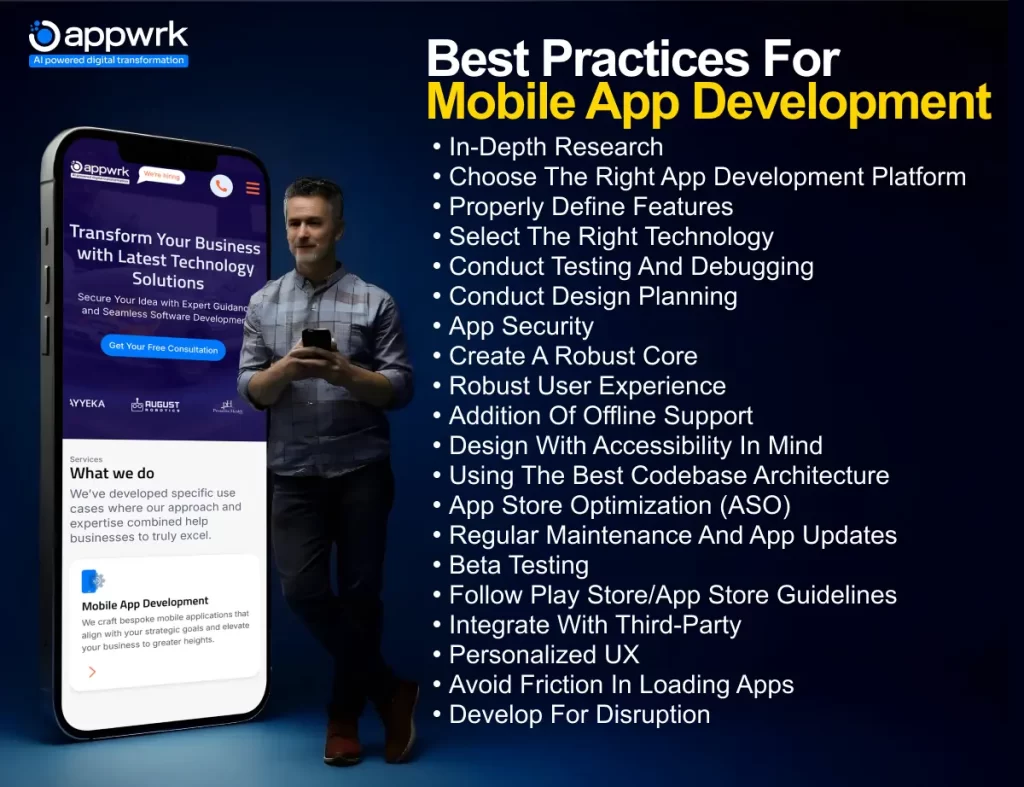
1. In-depth Research
In the ever-evolving landscape of mobile apps, conducting app market research is critical. Understanding your target audience, competitors, industry, and current market trends lies at the base of conducting mobile app research. Every attempt to design a mobile app begins with market research because it assists in validating your app concept and ensuring your app is meeting demand in the industry. Proper research enables your business to plan each phase of your mobile app development smoothly and efficiently and helps you complete the app development process in no time.
Market research and target audience analysis help your business to design an app that fits your target market and solves a real-world problem. This makes your app more interactive and appealing, ultimately increasing your user base and customers.
Also Read: Complete Guide to Mobile App Development
2. Choose the Right App Development Platform
Whether you are a startup with a groundbreaking idea or an established business looking to expand its digital footprint, the platform you choose will significantly impact the success of your app. With the right platform and a well-executed development strategy, your mobile app can achieve its full potential and make a significant impact in the digital landscape. You can build your mobile app for different operating systems, namely, iOS and Android. These platforms help developers create, test, and deploy mobile apps with numerous features and services that streamline the mobile app dev process.
Mobile app developers utilize numerous platforms to build apps that are compatible with iOS and Android. Xamarin, Flutter, Unity, and others leverage tools and features to build apps that are operable on both iOS and Android.
3. Properly Define Features
Thorough planning for listing the features and definition of each feature is essential before commencing the mobile development process. To create a user-friendly and successful app, it’s crucial to meticulously outline the app’s features, ensuring they align with both user needs and business objectives. This involves creating a clear and comprehensive feature list, prioritizing features based on their importance and impact, and considering the technical feasibility and resource requirements for implementing each feature.
Addressing multiple features may prove to be fatal, as users may find it confusing and complex to navigate through the app. This makes the app less user-friendly and can lead to a poor user experience. It’s crucial to strike a balance between offering a comprehensive set of features and maintaining a streamlined, intuitive interface.
4. Select the Right Technology
When it comes to developing a mobile app, you must first define the technology you will utilize to make the app suitable. You must also decide whether the mobile app will be native, cross-platform, hybrid, or web-based. Each mobile app development method has its pros and cons and works differently. The selection of the mobile development method depends on the type of app you want to build.
An app developed using native technology is a single platform and is native to the operating language. On the other hand, cross-platform technology enables developers to share codes across different platforms.
Also Read: How Much Does the Flutter App Development Cost in India?
5. Conduct Testing and Debugging
Software testing can make or break your mobile app. Only by testing an app can you find errors and bugs. This helps you deliver apps that perform smoothly without errors. Only running one test will not eliminate all the bugs and errors in your app, multiple tests should be performed in order to make your app error free.
Debugging and testing go hand in hand. After testing, the next step is debugging, where the developer clears all the errors and bugs in the codes. Continuous debugging is very important for mobile apps to work effectively and provide a seamless user experience.
6. Conduct Design Planning
Without a doubt, an intuitive design and attractive user interface play an important role in your mobile app’s success. Well-designed mobile apps not only attract users but also help in engaging users on your mobile app. Mobile app designers and developers must interact with each other to create an app that is both attractive and technically functional.
UX is a fundamental component of app design. It focuses on how the app interacts with users. UI complements UX with its visual elements, namely, color, layouts, and typography. Both go hand in hand to increase user engagement by making the app appealing and attractive with easy navigation, pleasing design, and smooth animations.
7. App Security
With mobile applications becoming more and more popular with each passing day and businesses developing their own apps, the number of hacking and information leak cases has also risen exponentially. The issue of mobile application security is a growing area of concern within the mobile industry after a number of high-profile data leaks. Not to mention the fact that, malicious hackers are targeting applications with sophisticated attacks. Needless to say, application security is no longer optional; it has become an absolute necessity. Ensuring top-notch mobile application security for your business app is vital not only to enhance user experience but also to preserve and improve your business reputation. Besides, if an application is vulnerable to risks, it cannot serve the expected results to the users.
Traditionally apps used to follow monolithic architecture, which means that all the components are integrated into a single component on a single platform. This give rise to threat that if one component starts malfunctioning due the virus or trojan then all the components will get affected by it. Monolithic architecture makes challenging the process of updation, manual maintenance and remove patches for developers.
| Industry | Number of Data Breaches (2003) USA | Number of Data Breaches (2023) USA |
| Financial Services, Banking & Insurance | 1112 | 1422 |
| Manufacturing, Technology & Communication | 571 | 1299 |
| Retail | 178 | 270 |
| Educational Institution | 112 | 239 |
| Government & Military | 79 | 166 |
| Healthcare & Medical Provider | 360 | 1080 |
| Non Profit | 48 | 97 |

8. Create a Robust Core
The mobile application should be build around a strong core from the beginning to mitigate the risk in the later period when you are adding feature in the updates. Strong core helps the mobile app to handle complex codes, animations, designs, and features more easily and smoothly. It also leverages the developers to add more advance features during the initial and final updates.
9. Robust User Experience
There’s no denying the fact that mobile applications that have creative design and are user-friendly user interfaces engage more users than other apps. Developers and businesses must have one common goal: to satisfy the users with intuitive and user-friendly design. When building an app, you must keep in mind what your target prefers and what kind of style and navigation they like. This will define your app’s success and help you engage more users with loyal responses.
Attractive and well-designed apps include three features that are the fundamental recipe for their success and that features are:
- Experience
- Speed
- Convenience

10. Addition of Offline Support
Even though mobile apps have become an integral part of our daily lives, their reliance on a stable internet connection can pose a challenge for users in certain situations. Building offline functionality into mobile apps can significantly enhance the user experience and provide uninterrupted access to essential features and content. Adding offline support ensures a better user experience as it helps to resolve queries and operate the app’s feature without being connected to the internet.
When adding offline support, you must consider a few things to ensure a seamless user experience and better user engagement, and they are as follows:
- Incorporate storage synchronization and catching mechanisms to quickly connect the offline data and enhance user experience.
- Pre-fetching, data compression, and background synchronization for seamless user interaction.
11. Designed with Accessibility in Mind
Users from different backgrounds and physical abilities are a major user base for any mobile app. Making your app accessible to people with disabilities without compromising any functionalities is a major challenge. Mobile app developers must consider this aspect from the beginning to reduce the complexities and also make the app easily accessible to everyone.
When building your mobile app, you must follow accessibility standards and principles. Visual impairments and auditory impediments should be considered. You must also provide alternative texts for control of navigation, images, and other control options on the screen.
12. Using the Best Codebase Architecture
When building a mobile app, developers must utilize codebase architecture to enhance the overall simplicity of the code. Codebase architecture helps mobile app developers maintain code easily so that when working on a large project where multiple developers are working at the same time, they can interact with each other. The most commonly used codebase architecture employed when developing mobile apps for Android and iOS operating systems includes:
- MVVM
- MVC
- MVP
13. App Store Optimization (ASO)
Did you know that following app store optimization best practices, after 15 sets of A/B testing, Headspace achieved an average organic conversion rate for iOS and Google Play stores, which improved by +34% compared to the previous period? This increases mobile app downloads and your download rates quickly. You can consider the steps below to optimize your mobile app in the Play Store and app market.
- Use keywords that are most searched and related to your app and its features.
- Use enhanced-quality images that define your app appropriately and give a short follow-through.
- You may use paid app advertising that will boost the download rate by showing you above all the apps in the search results.
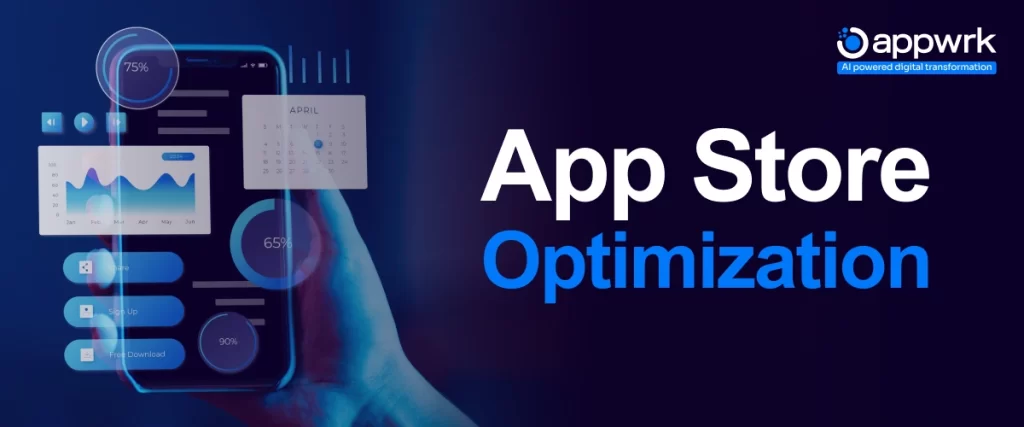
14. Regular Maintenance and App Updates
In the ever-evolving landscape of mobile applications, staying relevant is not just about creating a cutting-edge app; it’s also about consistently maintaining and updating it. Mobile app maintenance and updates are crucial aspects that ensure your app remains competitive, user-friendly, and in tune with the latest technological trends. Mobile operating systems, namely Android and iOS, keep updating with the addition of the latest features, and updating your app that is compatible with the OS updates makes your users happy and encourages them to recommend your app.
You can provide general and feature updates that support the latest OS and also support the previous versions of the OS for older users to keep your app engaged in a larger section. Address users for bug fixes and provide continuous support for ongoing features.
15. Beta Testing
Beta testing is one of, if not the most important, phases of the app development lifecycle as it provides thorough feedback about usability and user experience. After building your mobile app, if you think the app is amazing and will be successful in the market, then take feedback from the third person. This will provide insights that will make your app groundbreaking and perform well in the market. You can achieve all this by conducting Beta Testing, where beta testers give their feedback and help your app get better and have all the bugs fixed.
Beta testing will help you point out nearly all the malfunctioning, code errors, bugs, and non-creative design features. When you are finished with the beta testing, you will have an app that has the potential to be successful in the market and is also according to the user’s preferences.
16. Follow Play Store/App Store Guidelines
Mobile app development guidelines are a must-follow step when building your app. These guidelines are different for the Play Store and App Store. You must follow these guidelines strictly to avoid getting rejected from the App Store and Play Store. Normally, all mobile apps go for both platforms and have to follow the guidelines respectively to get approved, and uploading becomes smooth.
17. Integrate with Third-party
Third-party services can enrich your digital app, boost user retention, and enhance the overall user experience. Take Google Maps, for instance. In addition to finding the quickest route from place A to B, third-party integrations with services like Uber make it possible to estimate the price for a ride to your desired destination or even hail an Uber straight from Google Maps. Moreover, this is also a great way to increase your app’s credibility. Integrating your app with third-party services that people already use will help you provide a familiar experience.
18. Personalized UX
One of the keys to an app’s success is its intuitive design. User experience plays an important role in engaging users. Mobile apps can track users’ behavior and then suggest content that aligns with their preferences. Personalized UX helps users find content and videos they like and reduces the time they spend searching for it. This best practice for mobile app development is often seen in e-commerce apps, which have a model for tracking users’ preferences and starting to recommend products that users may like.
19. Avoid Friction in Loading Apps
Buffering in any app affects user engagement, and it becomes frustrating to wait when opening a simple feature or just the app. To enhance user engagement and satisfaction, it’s crucial to minimize app loading times. Delays, even minor ones, can lead to frustration and abandonment. Mobile apps should be designed for seamless and intuitive user experiences, with features readily accessible and responsive. Eliminating lag during interactions, such as opening menus or accessing features, is essential for a positive user experience.

20. Develop for Disruption
Mobile apps must be designed to not only help to offer the latest features but should also have features that help users to resume their previous activity. It is seen that once users get a chance to operate the app, but have to leave after a moment due to interruptions or other reasons, they should be able to seamlessly resume their activity upon returning. Implementing features like state preservation and background task management can ensure a smooth and uninterrupted user experience, even when dealing with disruptions.
Guide for Mobile App Development
Once you are clear with all the best practices for mobile app development, you’ll be well-equipped to embark on your iOS and Android app development journey. By incorporating these practices into your development process, you can create a mobile app that not only meets the needs of your target audience but also stands out in the competitive app market. Remember that user experience, robust performance, and a well-planned strategy are key to building a successful and sustainable mobile application that achieves your desired revenue or goals. There are five major stages of mobile app development, and they are as follows.
Idea Generation
Mobile app development begins with an innovative idea that solves real-time issues. Brainstorming and researching the market are great ways to come up with new app ideas. During this stage, defining the purpose and scope of the app and identifying the target audience is crucial.
Market Research
Conducting market research is essential to validate the app’s idea. This step includes analyzing the competition, identifying market trends, and understanding user needs and preferences. This will help ensure the app has a unique value proposition.
Innovative UI/UX Design
Creating an intuitive and visually appealing user interface (UI) and user experience (UX) is vital. This stage involves designing the app’s layout, navigation, and interactions, ensuring it’s easy to use and aesthetically pleasing. A well-designed UI/UX can significantly enhance user engagement and satisfaction.
Mobile App Development
This stage involves the actual coding and development of the app using the chosen technology stack and programming languages. Following best coding practices, ensuring scalability, and optimizing performance are crucial during this phase.
Mobile App Testing
Thorough testing is essential to identify and fix any bugs, errors, or performance issues before launching the app. Testing should include various aspects like functionality, usability, compatibility, and security.
Common Mistakes Made in the Mobile App Development Process
The path to a successful mobile app is fraught with potential hazards. By recognizing and avoiding these common pitfalls, you can significantly increase your chances of launching a high-quality, user-friendly, and secure application. Let’s delve deeper into these critical areas:
Overlooking Cross-Platform Compatibility
Developing an app that functions seamlessly across multiple platforms (e.g., iOS and Android) is essential to reach a wider audience. Neglecting cross-platform compatibility can limit your app’s market potential and user base.
Neglecting Security Measures
Security vulnerabilities can expose sensitive user data and damage your app’s reputation. Implementing robust security measures from the outset is crucial to safeguard user information and maintain trust.
Ignoring User Interface (UI) Trends
UI design trends evolve rapidly. Failing to keep up with current trends can make your app appear outdated and less appealing to users. A modern and intuitive UI is essential for a positive user experience.
Skipping Continuous Testing
Rigorous and continuous testing throughout the development process is vital to identify and address bugs, performance issues, and usability problems. Skipping testing can lead to a poor user experience and negative reviews.
Neglecting App Performance Optimization
Performance issues, such as slow loading times and crashes, can frustrate users and drive them away. Optimizing app performance is crucial to ensure a smooth and responsive experience.
Also Read: 15 Steps You Must Take Before starting Mobile App Development
Conclusion
In the era of rapid digitalization, adhering to best practices for mobile app development is paramount. By prioritizing in-depth research, user-centric design, user-friendly interface, and innovative and novel ideas, businesses can create mobile apps that have the potential to engage a larger user base and exceed users’ expectations. By integrating these best practices for mobile app development, you can guarantee your mobile app’s success in the market.
Why Choose Appwrk for Your Mobile App Development
At APPWRK IT Solutions, an App development & AI-driven digital transformation company, we are committed to delivering mobile apps that truly define your vision. Our team of expert mobile app developers, designers, and strategists works with excellent coordination to craft an exceptional mobile app that resonates with your target audience. We empower businesses to achieve their digital goals with our innovative, user-centric design and cutting-edge technology.
Contact us today to unlock the full potential of your mobile app, driving user engagement, brand visibility, and business growth.

FAQs
What are the crucial steps for the mobile app development process?
The List of crucial steps for the mobile app development process includes:
- Strategy Development
- Analysis and Planning
- UI/UX Design
- App Development
- Mobile App Testing
- Deployment
- Support and Performance Monitoring
How can I practice mobile app development?
To practice mobile app development:
- Learn a Programming Language: Choose a language like Swift for iOS or Kotlin/Java for Android.
- Build Small Projects: Start with simple apps like a to-do list or calculator.
- Utilize Online Resources: Explore tutorials, courses, and coding communities.
What are the three most important things you would consider when developing a mobile app?
The three most important considerations are:
- User Experience (UX): Design an intuitive, user-friendly interface that is visually appealing and easy to navigate.
- Target Audience: Understand your users’ needs, preferences, and behaviors to tailor the app’s features and functionality accordingly.
- Performance and Security: Ensure the app is fast, responsive, and secure, protecting user data and privacy.
Which methodology is best for mobile application development?
Agile methodology is widely considered the best approach for mobile app development. It emphasizes flexibility, collaboration, and iterative development, allowing for quick adaptations to changing requirements and user feedback. This ensures the final product aligns with user needs and market demands.
About The Author

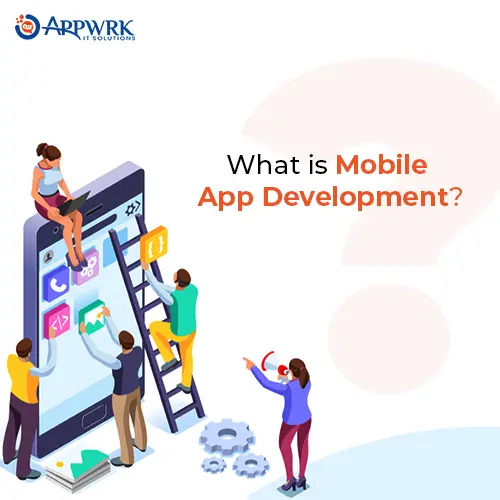
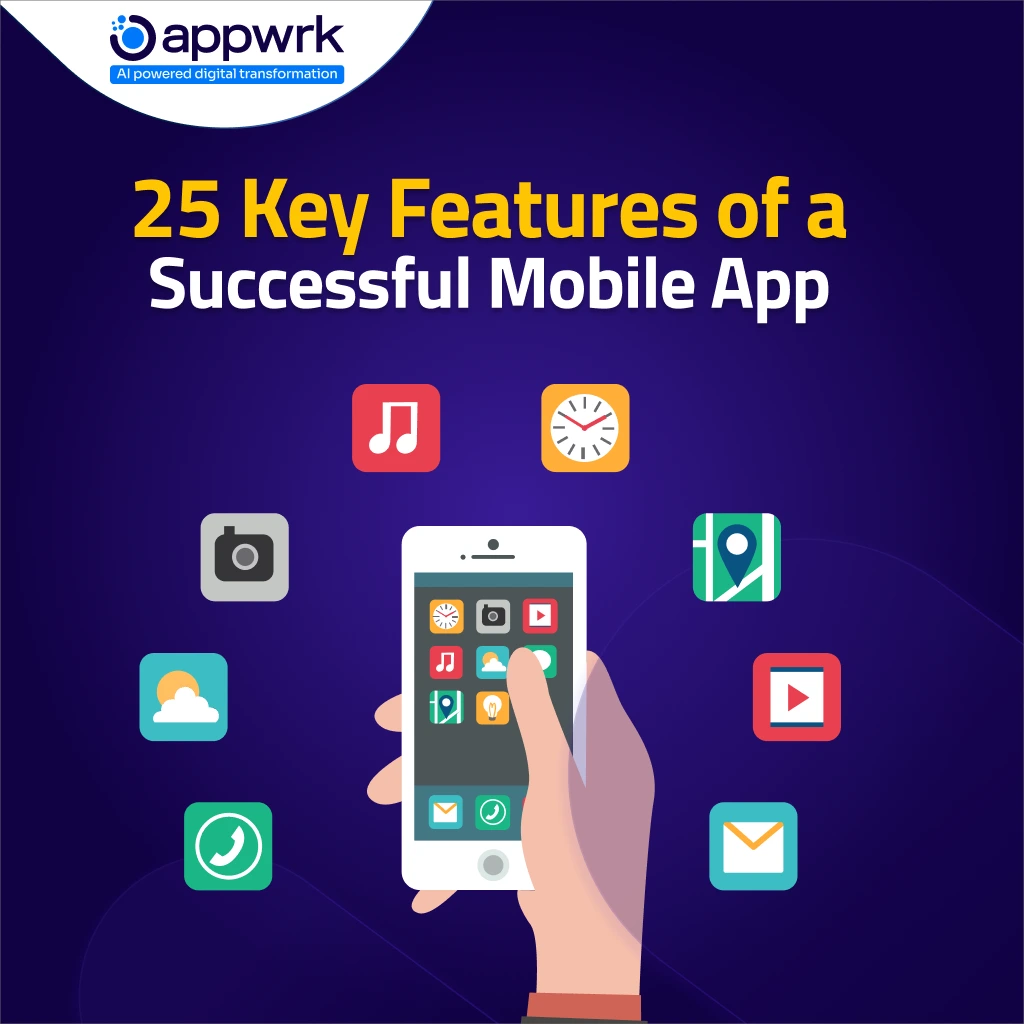


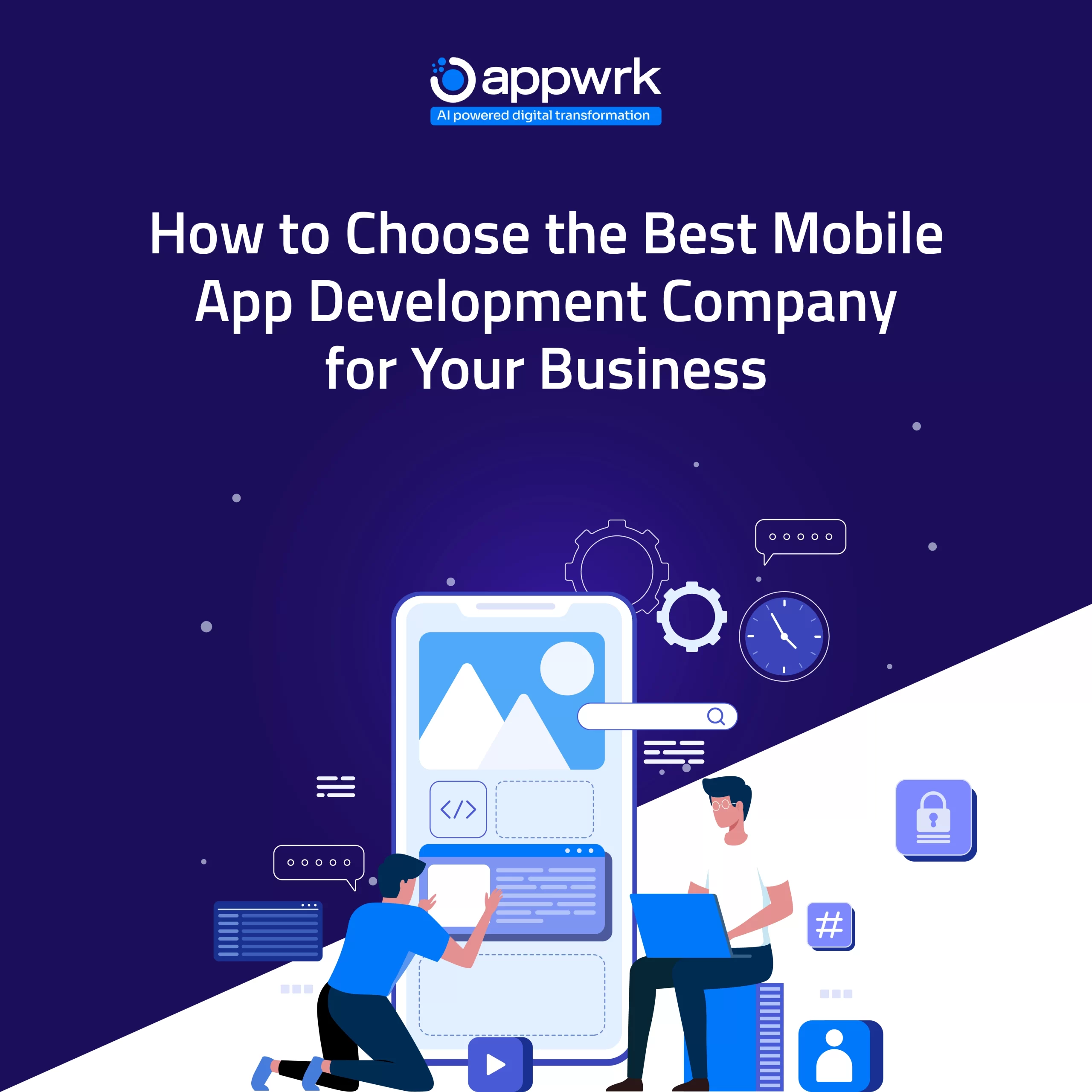
 Free Quote
Free Quote
















































